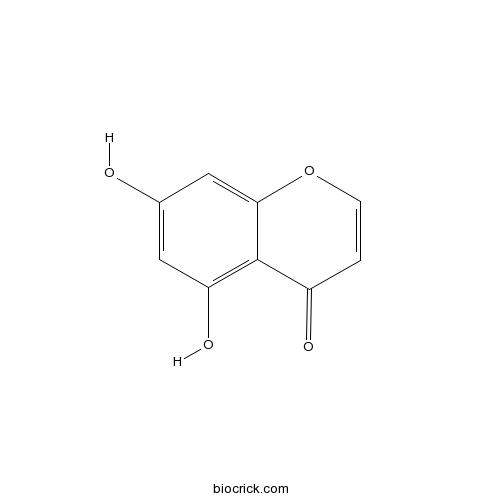Polygonum multiflorum
Polygonum multiflorum
Polygonum multiflorum is used in traditional Chinese medicine as a tonic and an anti-aging remedy. There is insufficient scientific evidence to determine its effectiveness for any treatment. Characterzation of polyphenolic compounds in the stems of P. multiflorum was conducted using HPLC, high resolution LC-MS and LC-MSn. Proanthocyanidins in particular were isolated in 4.8% yield using solvent extraction followed by Sephadex LH-20 fractionation. HPLC analysis using a diol column revealed oligomers (from dimer to nonamer) as minor components, with (epi)catechin monomeric units predominating, and oligomers with higher degree of polymerization being dominant. Thiolysis treatment of the proanthocyanidins using mercaptoacetic acid produced thioether derivatives of (epi)catechin as the major product and a mean value of the degree of polymerization of 32.6 was estimated from the ratio of terminal and extension units of the (epi)catechin. The isolated proanthocyanidins were shown to strongly inhibit α-amylase with an acarbose equivalence (AE) value of 1,954.7 µmol AE/g.
Products from Polygonum multiflorum
- Cat.No. Product Name CAS Number COA
-
BCN5649
Emodin 518-82-1
PDF
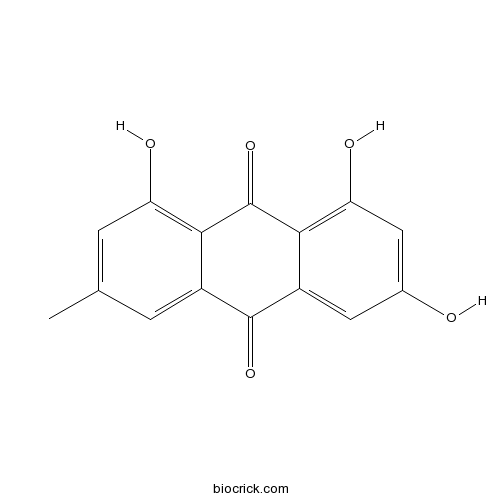
-
BCN5567
Chrysophanol 481-74-3
PDF

-
BCN5565
Aloeemodin 481-72-1
PDF
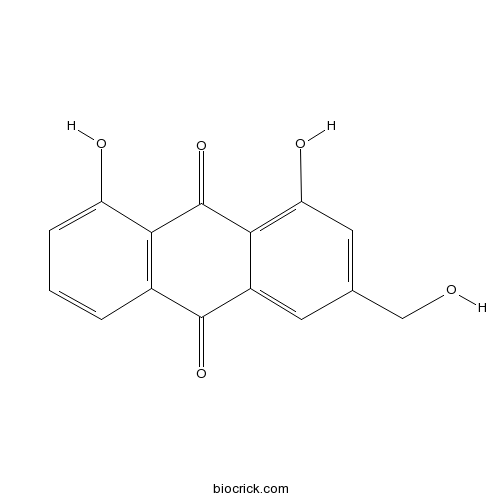
-
BCN5663
Physcion 521-61-9
PDF

-
BCN5947
Rhein 478-43-3
PDF

-
BCN5607
Resveratrol 501-36-0
PDF

-
BCN1340
2,3,5,4'-Tetrahydroxyl diphenylethylene-2-O-glucoside 82373-94-2
PDF

-
BCN5799
Pinostilbenoside 58762-96-2
PDF

-
BCN1668
Gallic acid 149-91-7
PDF
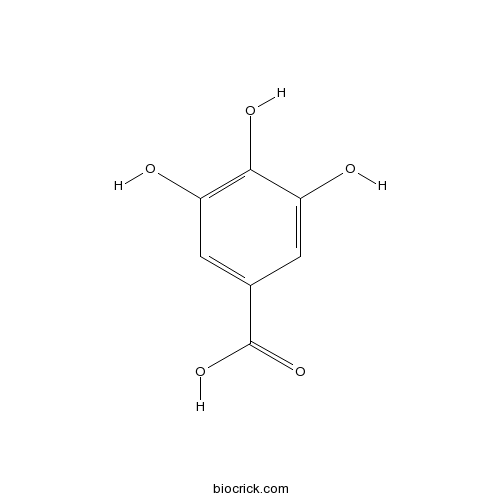
-
BCN1688
Catechin 154-23-4
PDF
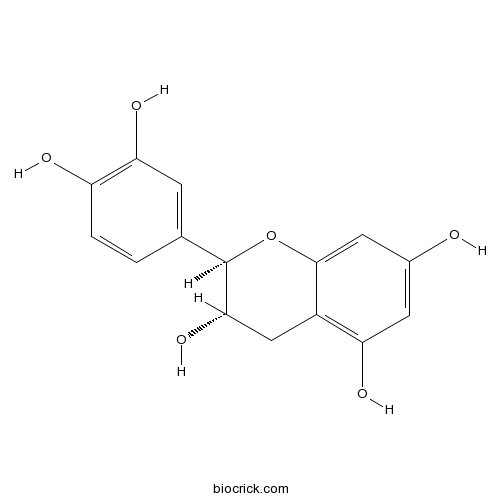
-
BCN6326
(-)-Epigallocatechin gallate 989-51-5
PDF

-
BCN5597
Epicatechin 490-46-0
PDF
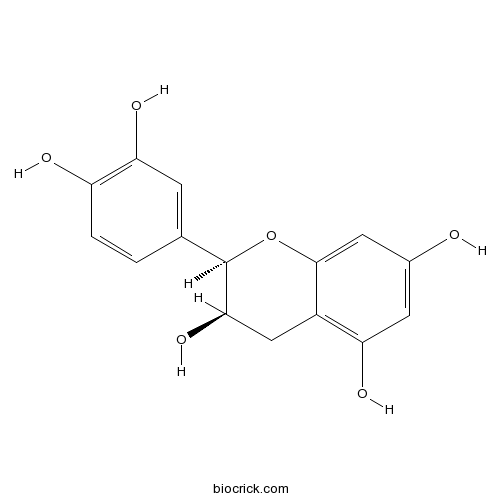
-
BCN4519
(-)-Epigallocatechin(EGC) 970-74-1
PDF
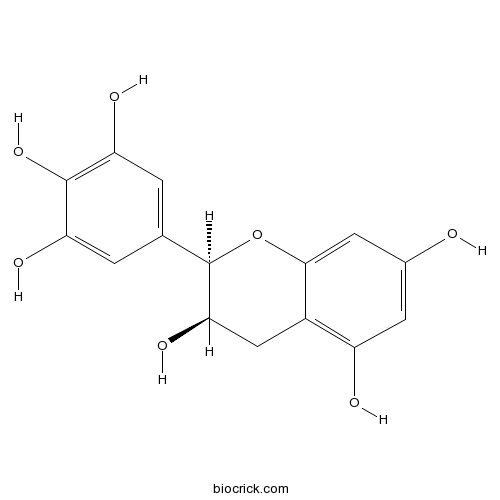
-
BCN6328
(-)-Gallocatechin gallate 4233-96-9
PDF

-
BCN6329
Emodin-8-beta-D-glucoside 23313-21-5
PDF

-
BCN5656
Tricin 520-32-1
PDF
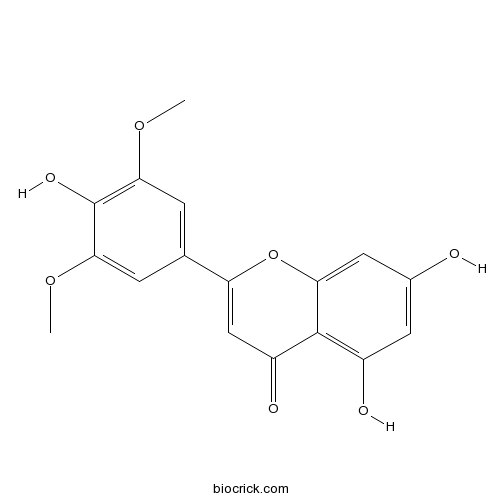
-
BCN5531
Daucosterol 474-58-8
PDF

-
BCN4652
5,7-Dihydroxychromone 31721-94-5
PDF
